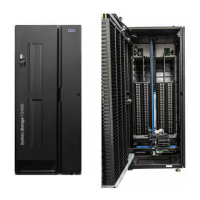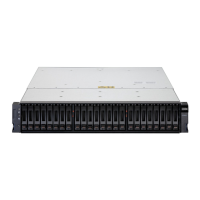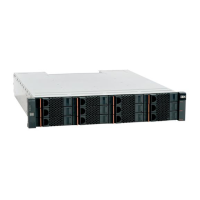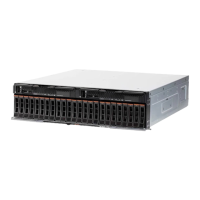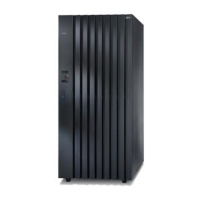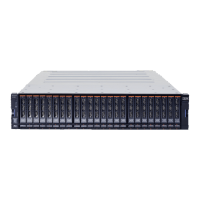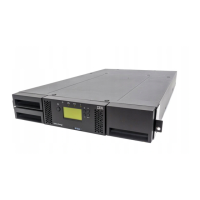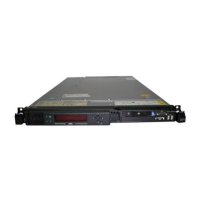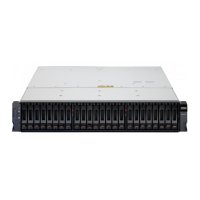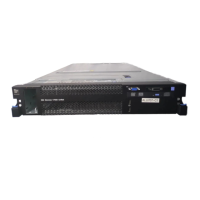26 IBM System Storage N series Hardware Guide
RLM design and internal Ethernet switch on the controller
The Data ONTAP management interface (which is known as e0M) provides a robust and
cost-effective way to segregate management subnets from data subnets without incurring a
port penalty. On the N6000 series, the traditional RLM port on the rear of the chassis (now
identified by a wrench symbol) connects first to an internal Ethernet switch. This switch
provides connectivity to the RLM and e0M interfaces. Because the RLM and e0M each have
unique TCP/IP addresses, the switch can discretely route traffic to either interface. You do not
need to use a data port to connect to an external Ethernet switch. Set up of VLANs and VIFs
is not required and not supported because e0M allows customers to have dedicated
management networks without VLANs.
The e0M interface can be thought of as another way to remotely access and manage the
storage controller. It is similar to the serial console, RLM, and standard network interfaces.
Use the e0M interface for network-based storage controller administration, monitoring
activities, and ASUP reporting. The RLM is used when you require its higher level of support
features. Host-side application data should connect to the appliance on a separate subnet
from the management interfaces
RLM assisted cluster failover
To decrease the time that is required for cluster failover (CFO) to occur when there is an
event, the RLM can communicate with the partner node instance of Data ONTAP. This
capability was available in other N series models before the N6000 series. However, the
internal Ethernet switch makes the configuration much easier and facilitates quicker cluster
failover, with some failovers occurring within 15 seconds.
3.2 N62x0 model details
This section gives an overview of the N62x0 systems.
3.2.1 N6220 and N6250 hardware overview
The N62x0 models support several physical configurations (single or dual node) and with or
without the I/O expansion module (IOXM).
The IBM N6220/N6250 configuration flexibility is shown in Figure 3-2 on page 27.

